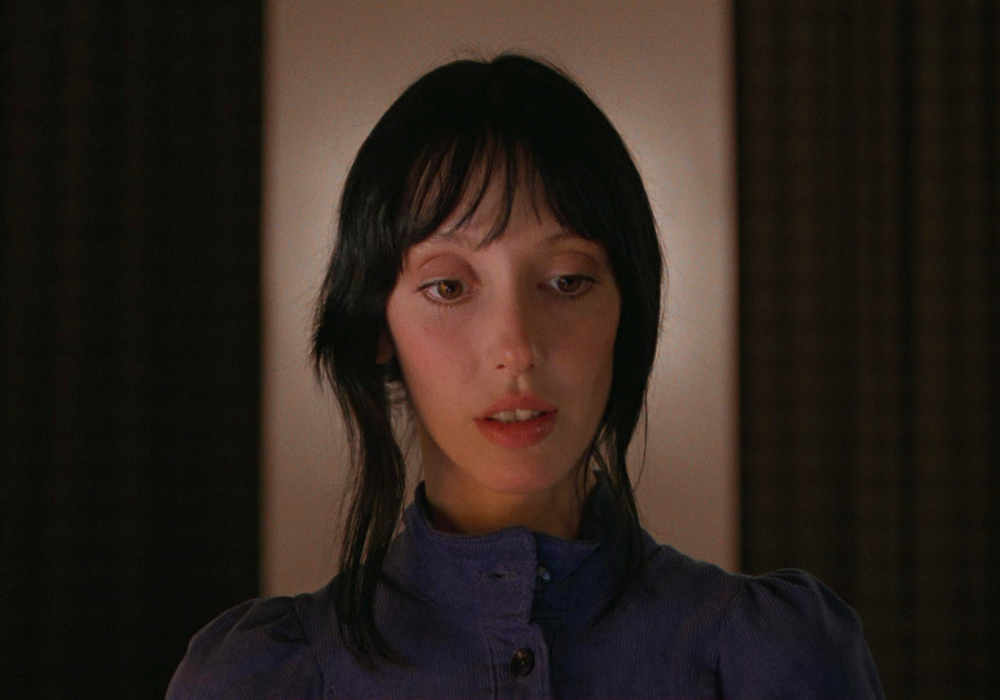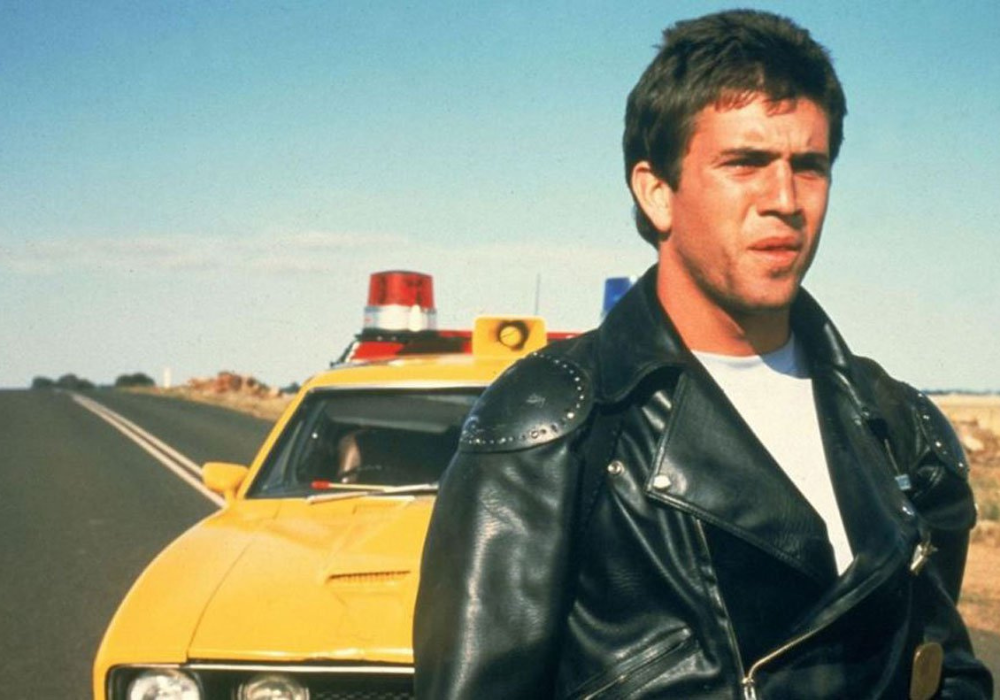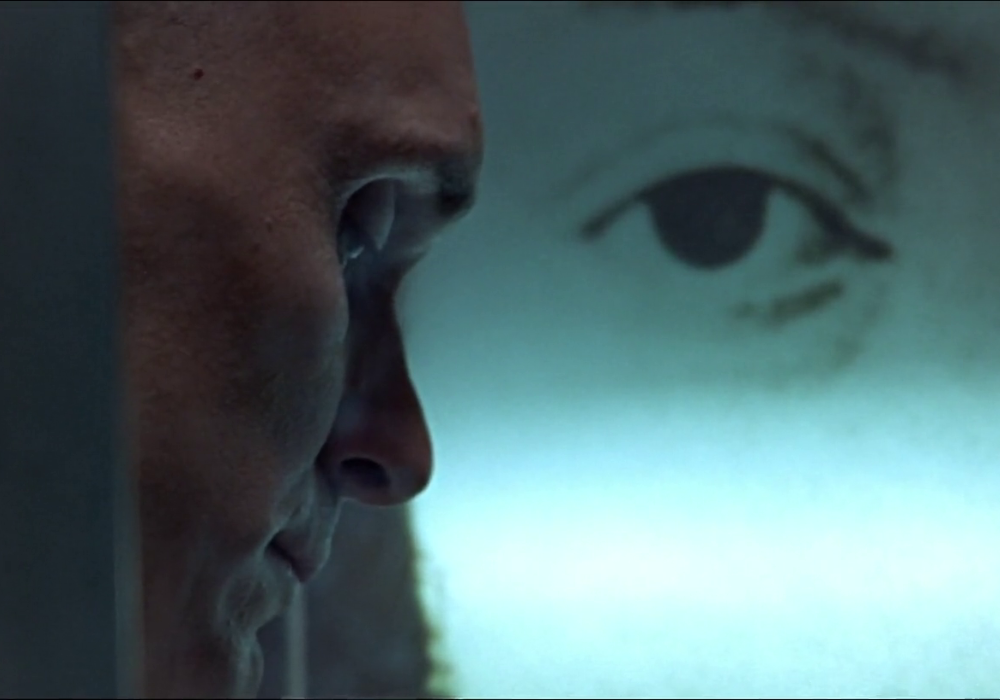
The Horror Of Isolation
There’s something uniquely terrifying about being alone. Not just regular alone, but really alone—cut off from society, with no one to hear you scream. Horror has always played with fear on a grand scale—monsters, murderers, and supernatural forces—but some of the most disturbing films shrink their terror down to one person, one space, and no escape. Why do isolation horror stories hit so hard? Because they tap into something primal: the fear of losing ourselves when there’s no one left to remind us who we are.
Why Isolation is the Ultimate Horror Setup
Most horror thrives on external threats—masked killers, haunted houses, demonic possessions—but isolation horror flips the script. Here, the terror doesn’t always come from outside but from within.
Psychological Horror at Its Peak
- When you’re alone, your own mind becomes the villain. The lack of social interaction, the crushing silence—it’s a breeding ground for paranoia and existential dread.
- Films like The Lighthouse (2019) and The Shining (1980) show how isolation can cause a slow, spiraling descent into madness.
The Environment Becomes the Monster
- In traditional horror, the antagonist is a person or entity. In isolation horror, the setting itself is often the villain—a vast ocean, an endless desert, a confined space with no way out.
- Movies like Cast Away (2000) and 127 Hours (2010) (while not horror in the traditional sense) use isolation to create deep, visceral dread.
Identity Crisis & The Breakdown of Self
- Being completely alone forces a person to confront themselves in ways that are deeply uncomfortable. Without external validation, who are we, really?
- Moon (2009) takes this concept to the extreme, exploring identity, autonomy, and the horror of realizing you might not be as unique as you think.
Iconic Isolation Horror Films & Why They Work
The Shining (1980)
A masterpiece of isolation horror. The vast, empty Overlook Hotel becomes a living, breathing force, and Jack Torrance’s slow descent into madness is as terrifying as any ghostly presence.
The Lighthouse (2019)
Two men, a remote lighthouse, and a whole lot of psychological unraveling. As time warps and reality distorts, are they losing their minds, or is something truly sinister at play?
Misery (1990)
The terror of being at someone else’s mercy. Paul Sheldon isn’t in complete isolation, but he might as well be—held captive by his “number one fan” with no hope of escape.
The Mist (2007)
A town is swallowed by a mysterious fog filled with creatures, but the real horror? How quickly people turn on each other when trapped in fear.
Gerald’s Game (2017)
What happens when a woman is handcuffed to a bed in a remote cabin with no help on the way? A descent into hallucination, trauma, and survival at any cost.
Gravity (2013)
The loneliness of space has never felt more visceral. No monsters, no villains—just endless, crushing emptiness.
Why These Stories Stick With Us
Isolation horror doesn’t just scare us in the moment—it lingers. It taps into our deepest existential fears:
- What if no one ever finds me?
- What if I’m trapped in my own head forever?
- What if I don’t actually exist without others around me?
Unlike traditional horror, which often lets us walk away feeling relieved (thank god I don’t live in a haunted house!), isolation horror leaves us unsettled. Because what if that happened to me?
And maybe the scariest part? In a hyper-connected world, loneliness is more terrifying than ever.
Final Thoughts: The Fear We Can’t Escape
Isolation horror is powerful because it forces us to confront ourselves. There’s no masked killer to outrun, no haunted house to escape. Just you, your mind, and the terrifying silence in between.
Next time you’re alone in the dark, ask yourself: is that creaking sound the house settling… or is it something else entirely?



